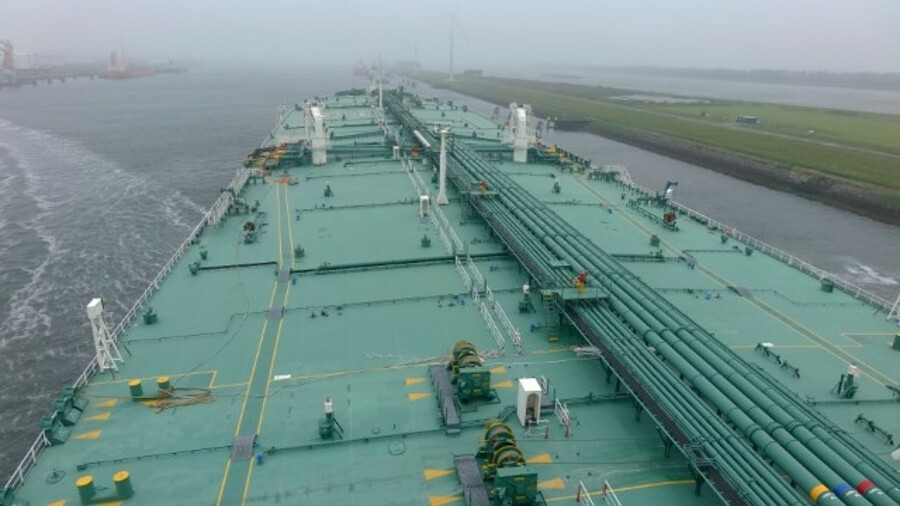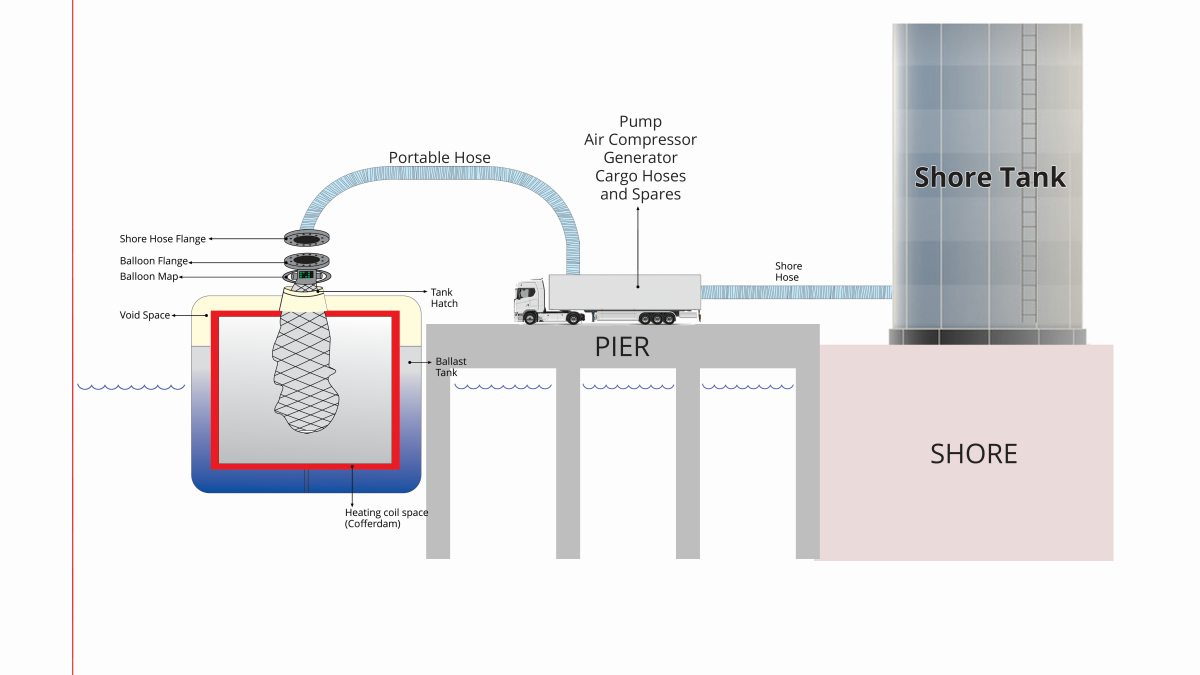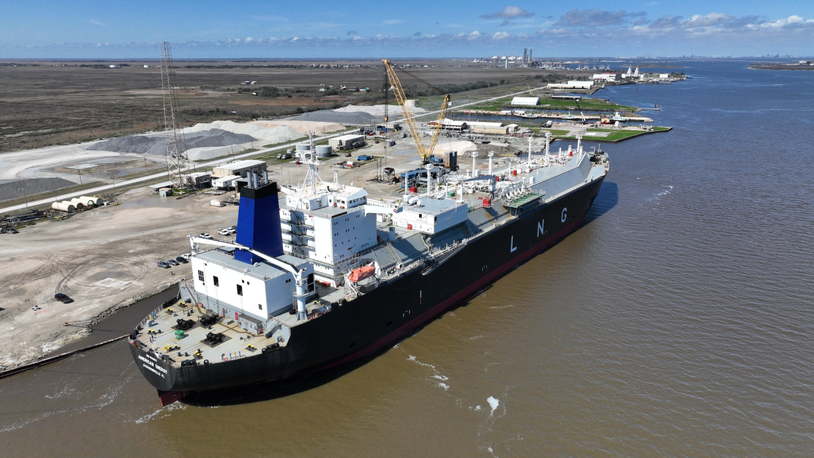Business Sectors
Events
Contents

Are tank coatings fulfilling IMO's PSPCs?
IMO’s PSPCs for cargo tanks established a service life of at least 15 years. Ed Martin asks if this target is being met?
Performance standards for protective coatings (PSPCs) are intended to establish requirements for coatings for ballast tanks, cargo oil tanks and void space in order that they have a useful working life of 15 years, ‘useful’ in this context meaning they are able to resist and delay the onset of structural corrosion. A ballast tank PSPC was put in place based on SOLAS Chapter 2 Part A-1 Regulation 3-2 in December 2006, while the cargo oil tanks PSPC was brought into force in May 2010, based on SOLAS Chapter II Part A-1 Regulation 3-11.
Coatings can be intended for application during the build process, or for application during maintenance and repair. They can have a range of chemical compositions, be intended for a specific area of application or for general use, for one application or for application in multiple layers, for application with brush or roller or with conventional air spray, conventional airless spray, and plural component air spray – the degree of granularity is seemingly endless. And in all cases, as ABS states in its tank coating application guidance notes, “a balance between cost, performance and difficulty of maintenance has to be achieved”.
With all the different compositions, purposes, areas and methods of application available for cargo tank coatings, rigorously applied expertise is needed from the class societies like ABS, to ensure that correct procedures are being followed during initial and subsequent applications to maximise effectiveness.
Hence, ABS states: “For a perfectly intact coating applied to a perfectly clean surface with good surface preparation, the expected lifetime […] would probably exceed that of the vessel. It is the deviations from perfection that compromise the coating lifetime.”
Areas where such “deviations from perfection” can be found include coating thickness (coatings that are too thin are prone to porosity, while coatings that are too thick can crack), surface contamination (the presence of substances such as dirt, moisture and chemicals on the surface to be coated) and surface profile (the term for the rough surface created by abrasive blasting, to which coatings anchor themselves).
ABS technical adviser Stein Nilsen said: “Most chemical tankers face little or no corrosion problems inside the coated cargo tanks, as the coating is applied more for cargo care and quality purposes, than a corrosion protection film. Depending on the trade, the type of cargo carried, cleaning procedures and the extent to which operators are following the coating maker’s recommendations, it is not uncommon to find tanks in good condition beyond 15 years.”
Addressing potential risks, Mr Nilsen added: “The SOLAS Regulation II-1/3-11 addresses corrosion protection of cargo oil tanks of crude oil tankers. A combination of inert/flue gas (sulphur oxides, nitrogen oxides), dirty cargo and saltwater cleaning increases the risk of steel corrosion. Extended periods of being empty, in a high humidity chloride-rich atmosphere, further speed up the corrosion process, bringing about the need for additional measures to better protect the steel. As the requirement to have the tanks on oil/product tankers coated is quite recent, the effectiveness of protecting the steel is too premature to fully evaluate.”
Related to this Story
Rethinking tank washing
CMB.TECH and Golden Ocean eye merger
Events
Maritime Environmental Protection Webinar Week
Cyber & Vessel Security Webinar Week
The illusion of safety: what we're getting wrong about crews, tech, and fatigue
Responsible Ship Recycling Forum 2025
© 2024 Riviera Maritime Media Ltd.












